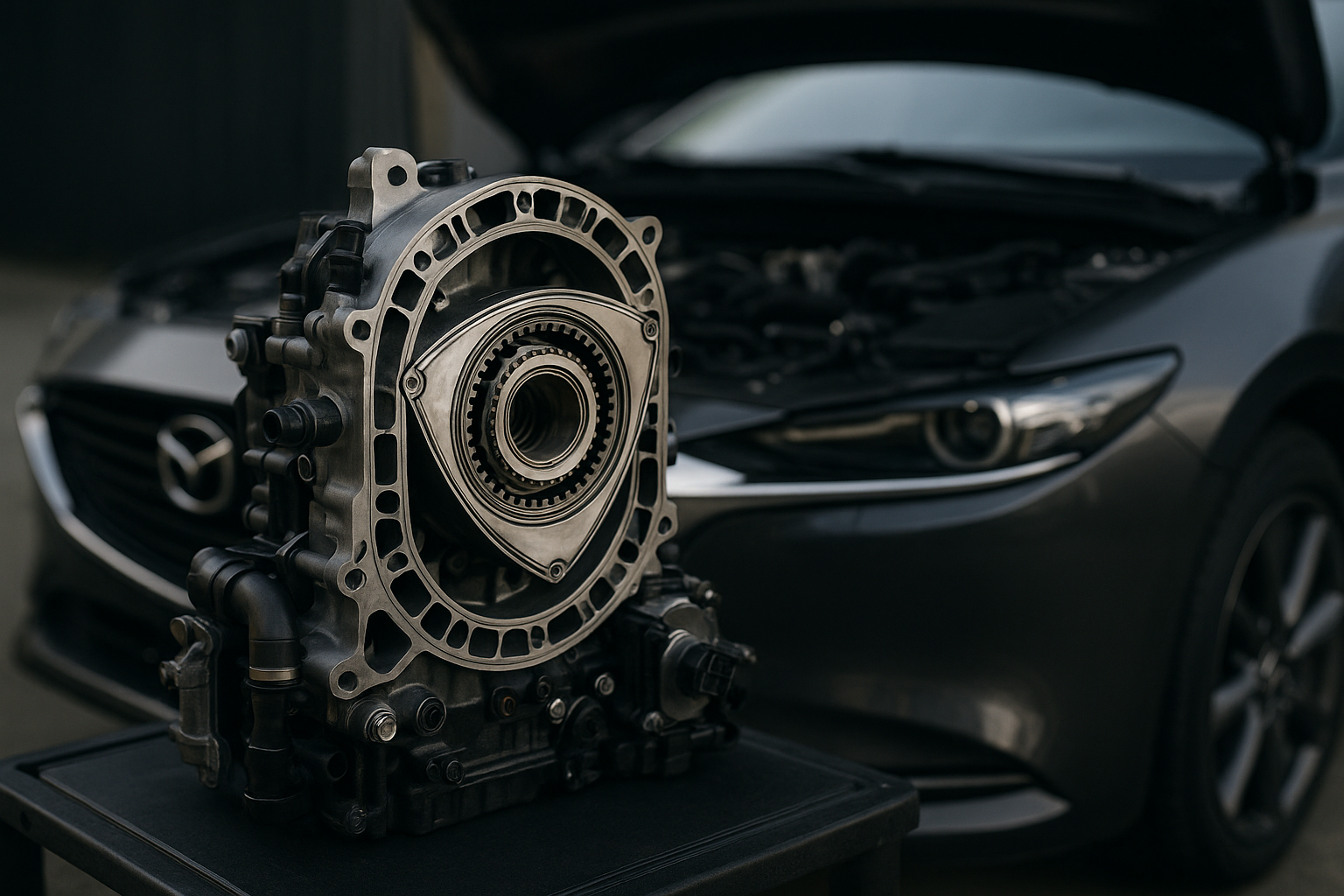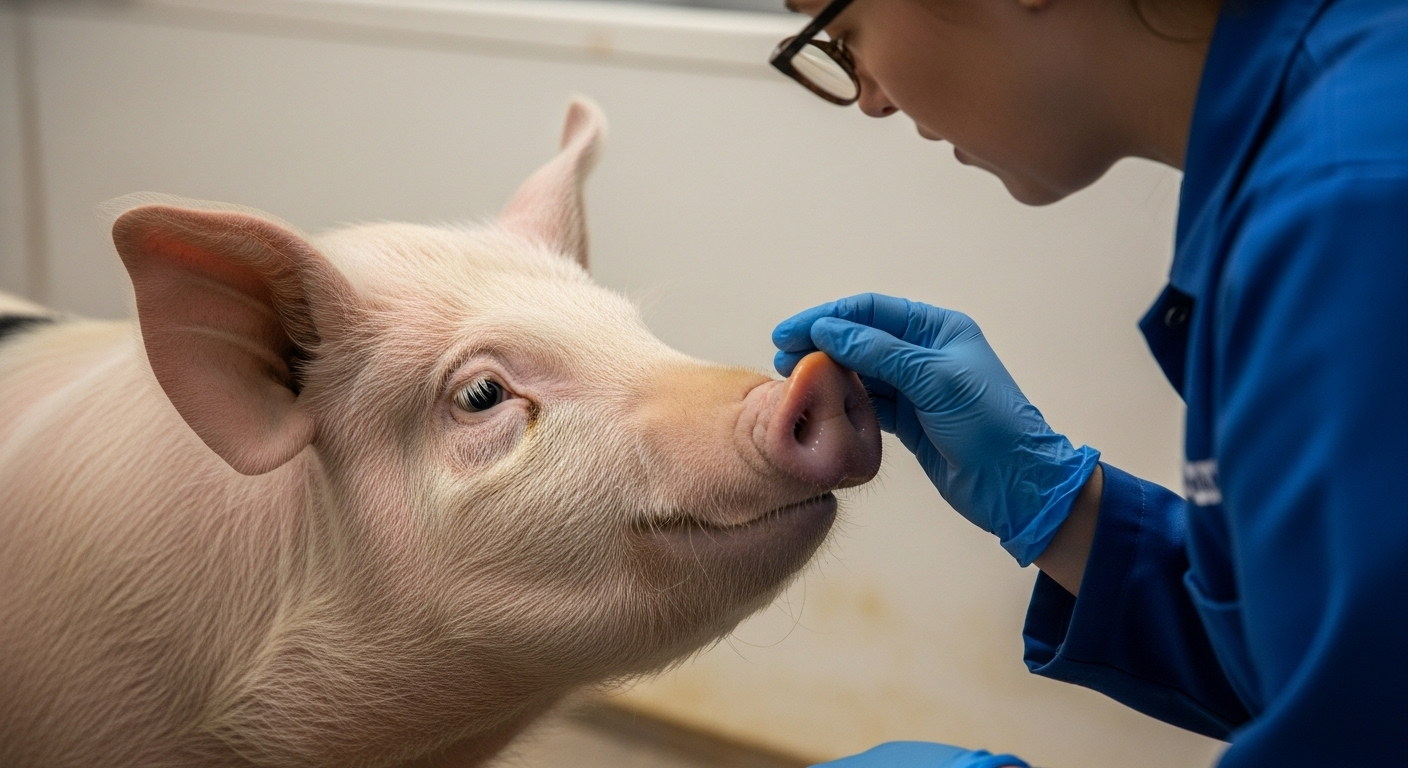The Renaissance of Rotary Engines: A Tale of Innovation and Resilience
The world of automotive engineering is as dynamic as it is fascinating. One such marvel that has recently resurfaced, the rotary engine, is making waves once again. This intriguing piece of automotive technology, with its unique set of benefits and challenges, presents an interesting case for the potential reinvention of conventional engine designs.

The Genesis of the Rotary Engine
The rotary engine, also known as the Wankel engine, bears its name from its German inventor, Felix Wankel. Developed in the late 1950s, the engine design was a revolutionary departure from conventional piston engines. The rotary engine operates on the principle of a rotating triangular rotor, which harmoniously moves within an epitrochoid-shaped housing. This unique design allows for fewer moving parts, resulting in a smoother, high-revolution output.
The Fall and Rise of the Rotary Engine
Despite its promising start, the rotary engine fell out of favor due to drawbacks such as fuel inefficiency, high emissions, and reliability issues. The most persistent adopter, Mazda, ceased production of its last rotary-powered model, the RX-8, in 2012. However, the rotary engine has recently been gaining renewed interest. Mazda announced a return to the rotary design as part of their hybrid powertrain, utilizing the engine’s compact size and high-output capabilities. This resurrection of the rotary engine demonstrates the industry’s continuous pursuit of innovation.
Current Trends and Future Prospects
With the automotive industry entering a new era of hybrid and alternative fuel technologies, the compact and lightweight rotary engine could serve as an efficient range extender for electric vehicles. Its high power-to-weight ratio and smooth operation make it an attractive option for hybrid powertrains. However, to succeed in today’s environmentally conscious landscape, the rotary engine must overcome its historical challenges of fuel efficiency and emissions.
The Impact and Challenges of the Rotary Engine
The rotary engine’s unique design offers several benefits, such as compactness, simplicity, and high-revving capabilities. However, these advantages come with a set of challenges. The engine’s design leads to incomplete combustion, resulting in higher emissions and lower fuel efficiency compared to traditional piston engines. Additionally, the rotary engine’s unique design requires specialized knowledge for maintenance and repair, which can be a hurdle for widespread adoption.
The Future of Rotary Engines: A Balance of Promise and Prudence
The rotary engine’s journey from invention to obsolescence and now, potential renaissance, paints a captivating picture of the automotive industry’s relentless pursuit of innovation. As the industry continues to evolve, the rotary engine’s future remains uncertain but intriguing. It will require significant advancements in design and technology to overcome its inherent challenges and fully realize its potential. As we stand on the cusp of this rebirth, only time will tell if the rotary engine can successfully navigate the modern automotive landscape.
In essence, the world of automotive technology remains a fascinating terrain of constant evolution and innovation. The story of the rotary engine, despite its challenges, is a testament to the industry’s perseverance in pushing the boundaries of what is possible. It serves as a reminder to us all that even in the face of adversity, innovation can find a way to redefine itself and continue to inspire.




